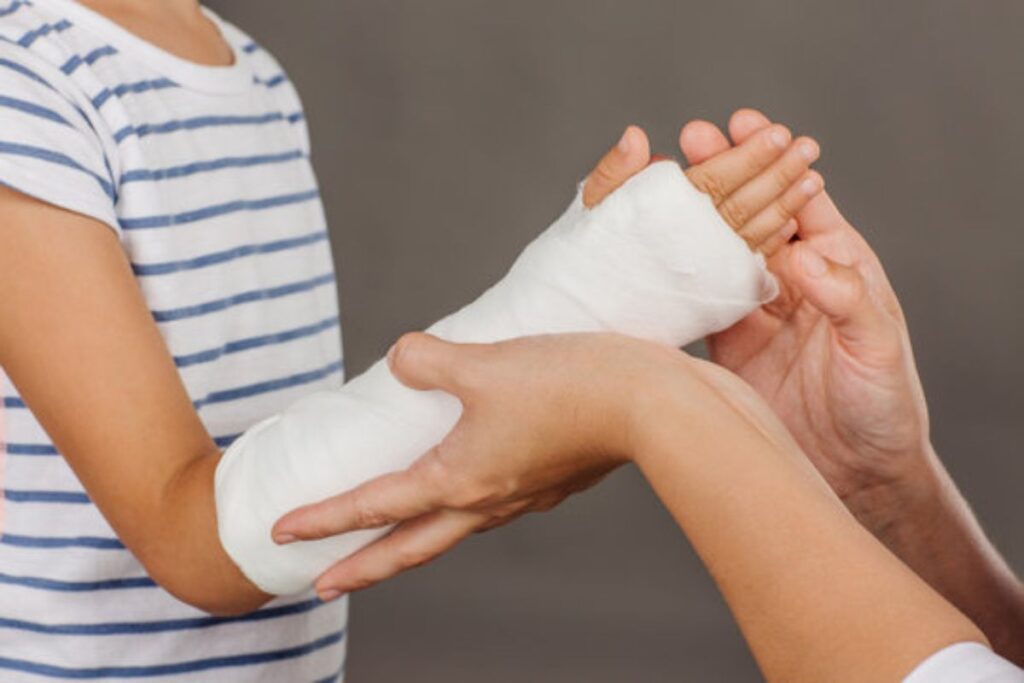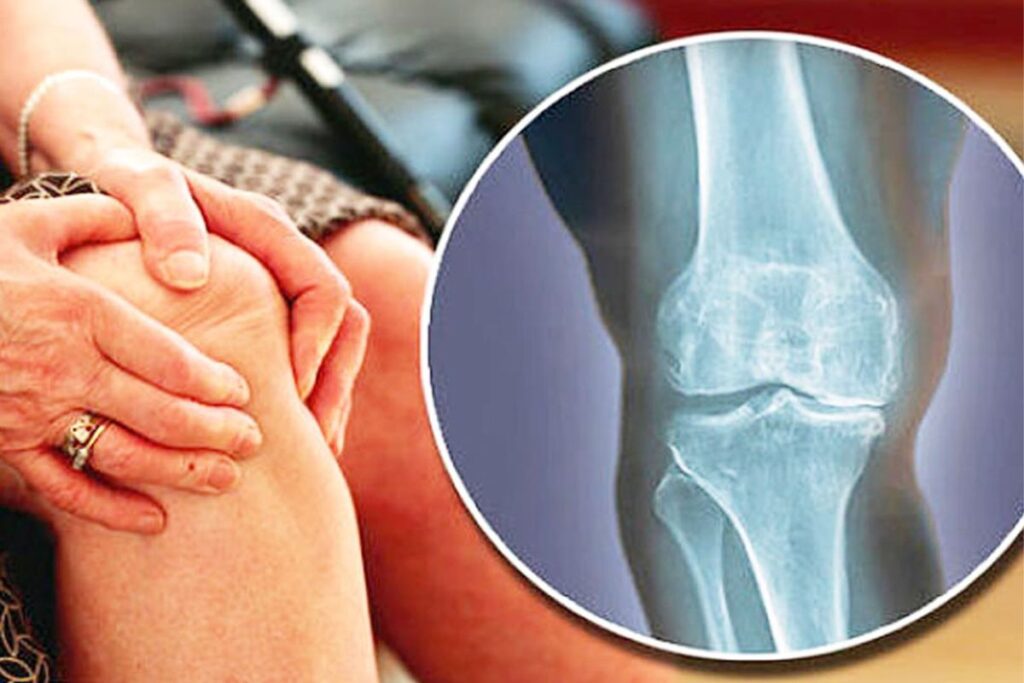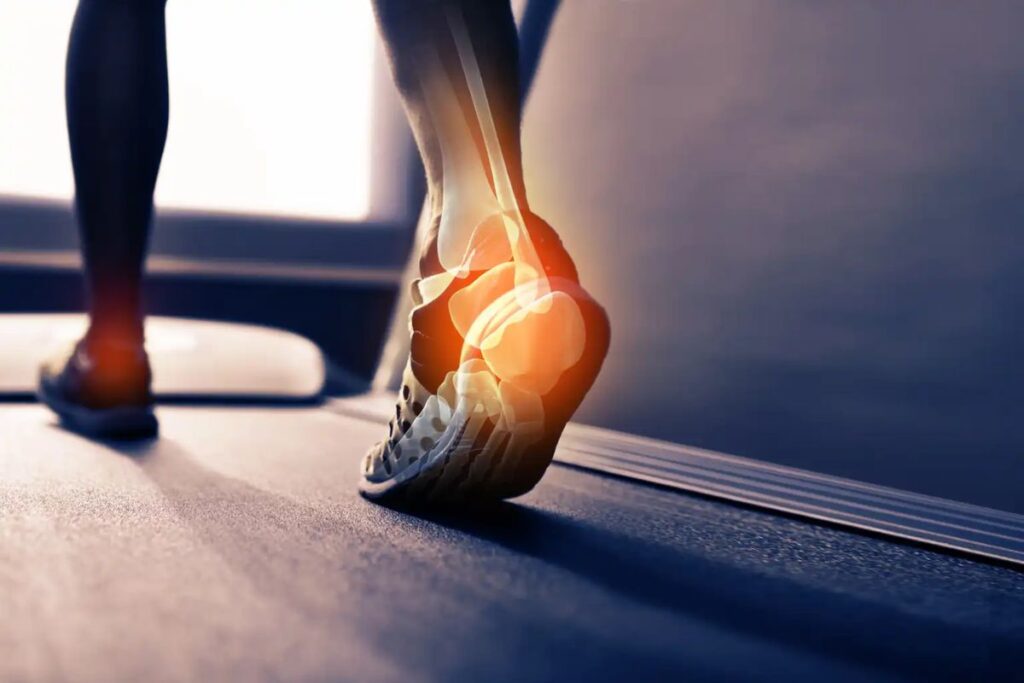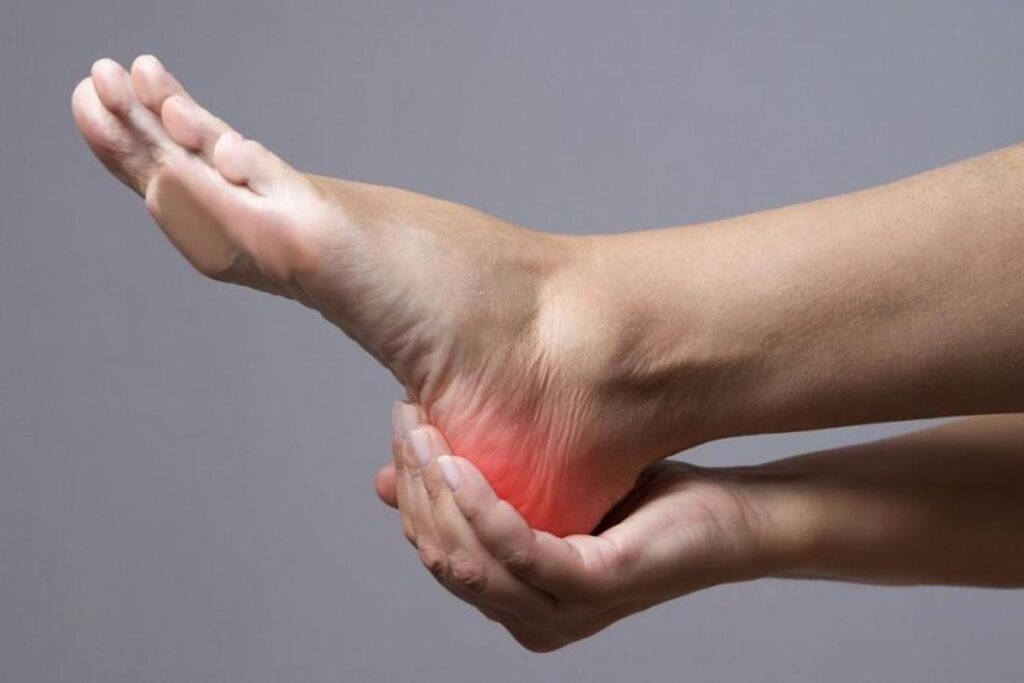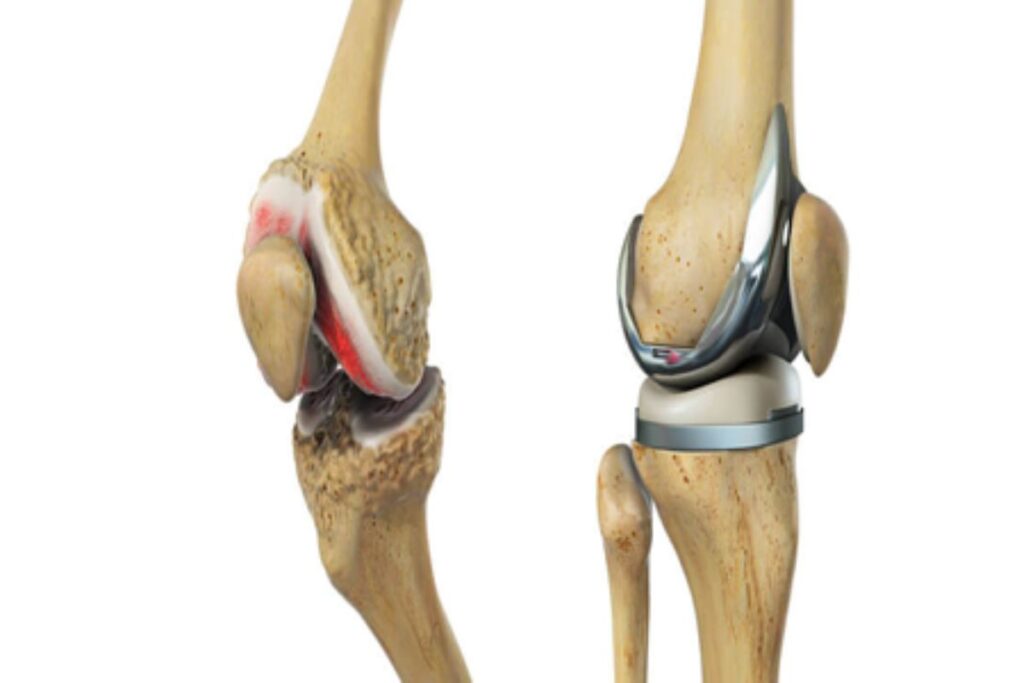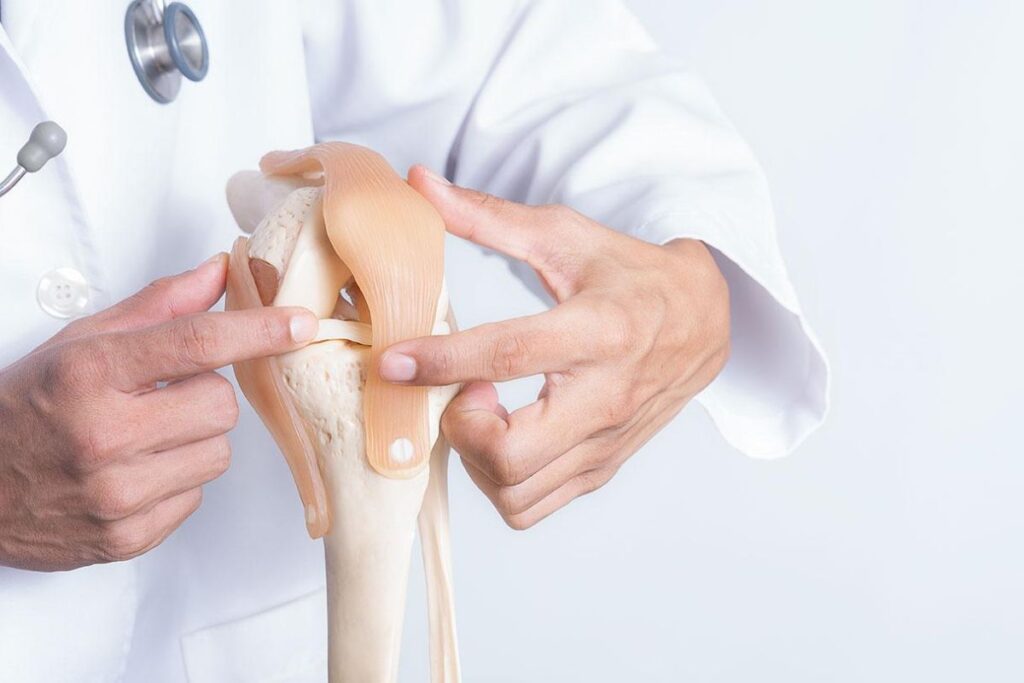Degenerative Arthritis (Knee, Hip, Shoulder, Elbow & Ankle)
The pain of arthritis can be debilitating. Combined with a limited range of motion, arthritis can literally be disabling. Dr. Suryawanshi treats all types of joint arthritis using state-of-the-art surgical and non-surgical techniques to help you return to normal activities free from pain.
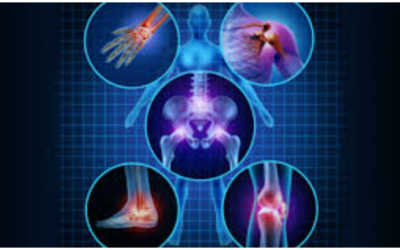
Causes
Degenerative arthritis occurs when the cartilage in the joints between bones deteriorates or is destroyed.The body frequently launches a healing process in an effort to repair this harm. Osteophytes, or bone spurs, may develop within the joint near the end of the bone as a result of this. The person may subsequently have pain when using the joint as a result of them causing friction there.
Symptoms
- pain, often throbbing
- dull aching
- swelling
- reduced flexibility
- clicking or popping noises when a joint bends
- stiffness
- decreased range of motion






Arthritis many times affects activities of daily living like bending, climbing, walking, jogging eating and combing. Joint disease no longer has to control your life.
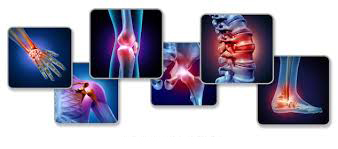
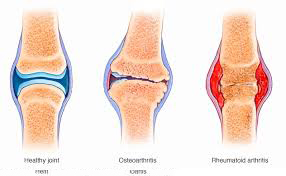
Blogs
FAQs
How do I keep up my Orthopedic Health?
Simple dietary and lifestyle adjustments can help you prevent significant orthopedic issues. Avoid engaging in repetitive motions that strain your joints, such as deep knee bends. Regularly visit the doctor. A wonderful strategy to monitor your orthopedic health is to see your primary care physician annually. This is crucial for older adults since they are more prone to get injured and develop arthritis.
What is Arthritis?
The definition of arthritis is “joint inflammation.” More than 100 rheumatic diseases and other ailments that cause joint pain, stiffness, and swelling are together referred to as arthritis.
In addition to gradually deteriorating our bones, tissues, and joints, rheumatoid arthritis also harms the lining around our joints.
Osteoarthritis, a disorder that worsens with time and is frequently found in the hip, knee, and spine, slowly destroys the cartilage that surrounds the ends of bones.
What causes Arthritis?
Arthritis is a degenerative condition where the articular cartilage that protects the ends of bones begins to break down over time, much as how the treads of your tires wear down over time. Arthritis can have a variety of reasons. An estimated 30–40 million Americans suffer from arthritis, and the majority of these tears are brought on by degenerative arthritis (osteoarthritis). Rheumatoid arthritis with inflammation affects 2–3 million Americans. One of the main causes of arthritis in younger people is trauma to the knee. Most frequently, arthritis worsens with age.
After having a minimally invasive partial knee replacement, may I resume my typical activities?
Once they have recovered sufficient strength and flexibility and their orthopaedic surgeon has given them the all-clear to start routine activities, the majority of patients can resume normal activities after partial knee replacement. Running, jumping, and twisting are all repetitive joint jarring activities that should be avoided. Many patients have resumed their previous hobbies after partial knee replacement surgery, including gardening, swimming, golf, and doubles tennis.
